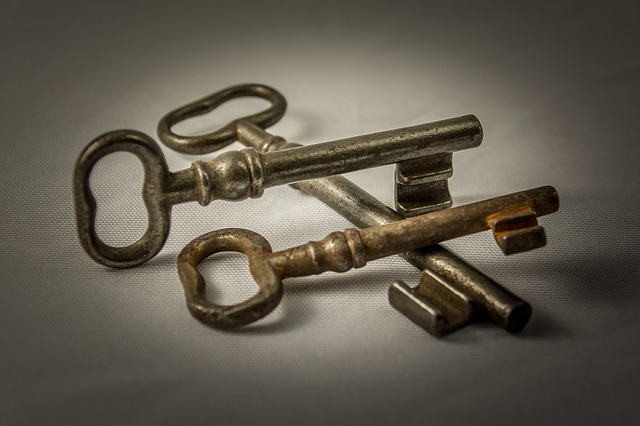At the beginning of the New Year many folks vow to improve their finances. This often means reducing their amount of debt. Yet there’s another area that also plays a key role in the quest toward improving finances.
Credit scores have become very important in recent years. They significantly influence the interest rate you’re charged on your car loan or mortgage, perhaps impact your insurance premiums and maybe even determine whether you are hired for a new job.
Yet the building blocks that comprise the score are a great mystery to many.
The 5 components that comprise the credit score are:
- Payment history (35%) – the historical summary showing the number of times a payment has been made on time or 30, 60 or 90 days late. In addition information for public records and collections are included, such as bankruptcies, judgments, foreclosures, liens and the like.
- Amounts owed (30%) – the total balance of all current amounts owed in relation to the total available credit.
- Length of credit history (15%) – the period of time for which credit information is available.
- Types of credit in use (10%) – the overall mix of your types of credit, such as mortgage, installments or revolving lines of credit.
- New credit (10%) – reflects the number of recent inquiries or newly established accounts.
Notice that 2 of these components have a much larger weighting, which increases the importance of paying special attention to these.
Fortunately you have great personal control over influencing these. First, pay your bills on time, every month. Make at least the minimum payment by each due date if you cannot or do not fully pay the balance. On-time payments demonstrate being responsible with your finances.
Also manage your use of credit wisely. Maintaining a relatively low weighting of actual outstanding balances to the total credit limits available is a key goal. Leaving open accounts which you’ve paid off or don’t often use can actually help improve your credit score, especially if the balances have been paid off and payments were made on time. That’s because each account’s credit limit availability contributes toward the total availability for all of your accounts. And likewise the paid-off balance contributes toward a lower outstanding balance total.
So think about it. What will you do this year toward improving your credit score and strengthening your finances overall? You hold the keys toward achieving those goals. Ready! Set! Action!

